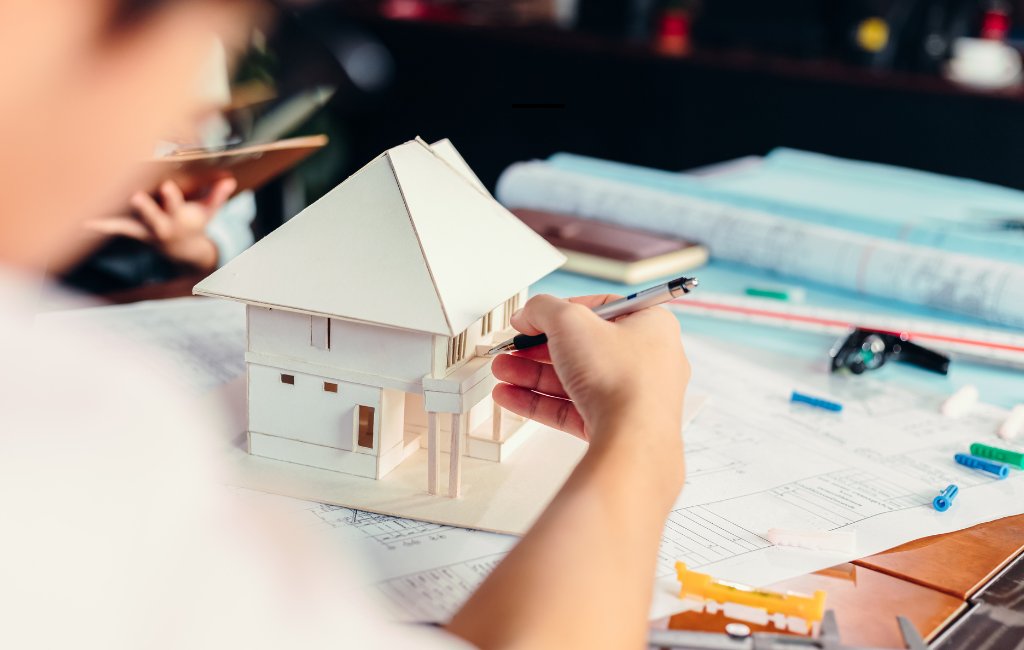Architect Evolution: Shaping Tomorrow’s Spaces
Architecture has always been a reflection of human civilization, mirroring our technological advancements, cultural shifts, and environmental consciousness. As we move further into the 21st century, the evolution of architecture is not just about creating aesthetically pleasing structures but also about addressing the pressing needs of our time. This article explores the transformative trends and innovations shaping the future of architectural design.
Technological Integration in Modern Architecture
Technology has become an integral part of architectural design, influencing everything from construction methods to building functionality. The integration of smart technologies is revolutionizing how buildings are designed, constructed, and operated.
Smart Buildings
Smart buildings utilize advanced systems to enhance efficiency and comfort. These systems include:
- Automated lighting and climate control
- Energy management systems
- Security and surveillance technologies
- IoT (Internet of Things) devices for real-time monitoring
For instance, The Edge in Amsterdam is often cited as one of the smartest buildings in the world. It uses a combination of IoT and AI to optimize energy use, resulting in a highly efficient and sustainable workspace.
3D Printing in Construction
3D printing is another technological advancement making waves in architecture. This method allows for the rapid and cost-effective construction of complex structures. Examples include:
- Affordable housing projects
- Custom-designed components
- Prototyping and model making
In 2018, a company named ICON successfully 3D-printed a house in Austin, Texas, in less than 24 hours, showcasing the potential of this technology to address housing shortages.
Sustainable and Eco-Friendly Design
With growing awareness of environmental issues, sustainable architecture has become a priority. Architects are now focusing on creating buildings that minimize environmental impact and promote sustainability.
Green Buildings
Green buildings are designed to reduce energy consumption and utilize renewable resources. Key features include:
- Solar panels and renewable energy sources
- Green roofs and walls
- Rainwater harvesting systems
- Energy-efficient windows and insulation
The Bullitt Center in Seattle is a prime example of a green building. It is designed to be energy-positive, generating more energy than it consumes through solar panels and other sustainable technologies.
Biophilic Design
Biophilic design aims to connect building occupants with nature, enhancing well-being and productivity. This approach includes:
- Incorporating natural light and ventilation
- Using natural materials like wood and stone
- Creating indoor gardens and green spaces
- Designing with views of nature
Amazon’s Spheres in Seattle are a notable example, featuring a lush indoor garden that provides employees with a natural and inspiring workspace.
Adaptive Reuse and Urban Regeneration
Adaptive reuse involves repurposing old buildings for new uses, preserving historical architecture while meeting modern needs. This approach is gaining popularity in urban areas where space is limited.
Case Studies in Adaptive Reuse
Several projects highlight the success of adaptive reuse:
- The Tate Modern in London, a former power station transformed into a world-renowned art gallery
- The High Line in New York City, an elevated railway converted into a public park
- The Zeitz MOCAA in Cape Town, a grain silo turned into a contemporary art museum
These projects not only preserve historical structures but also breathe new life into urban areas, fostering community engagement and economic growth.
Human-Centric Design
Modern architecture is increasingly focusing on human-centric design, prioritizing the needs and experiences of building occupants. This approach emphasizes comfort, accessibility, and well-being.
Universal Design Principles
Universal design aims to create spaces that are accessible to everyone, regardless of age or ability. Key principles include:
- Equitable use
- Flexibility in use
- Simple and intuitive design
- Perceptible information
The Ed Roberts Campus in Berkeley, California, is a model of universal design, providing accessible facilities for people with disabilities.
Wellness Architecture
Wellness architecture focuses on creating environments that promote physical and mental well-being. Features include:
- Natural light and ventilation
- Ergonomic design
- Spaces for physical activity and relaxation
- Use of non-toxic materials
The WELL Building Standard is a certification system that evaluates buildings based on their impact on human health and well-being, encouraging architects to prioritize wellness in their designs.
Conclusion
The evolution of architecture is a dynamic process, driven by technological advancements, environmental concerns, and a focus on human well-being. By embracing smart technologies, sustainable practices, adaptive reuse, and human-centric design, architects are shaping spaces that not only meet the needs of today but also anticipate the challenges of tomorrow. As we continue to innovate and adapt, the future of architecture promises to be both exciting and transformative.

